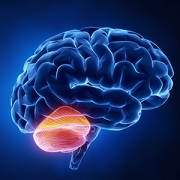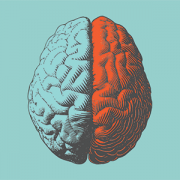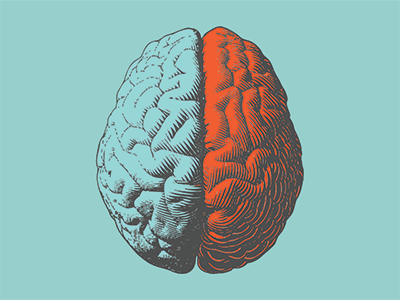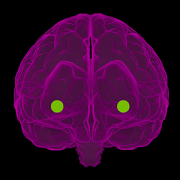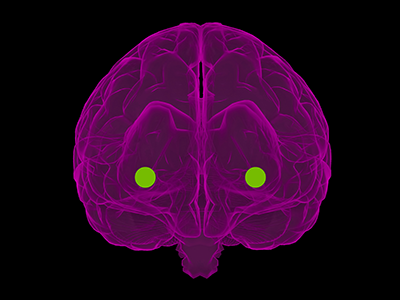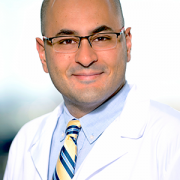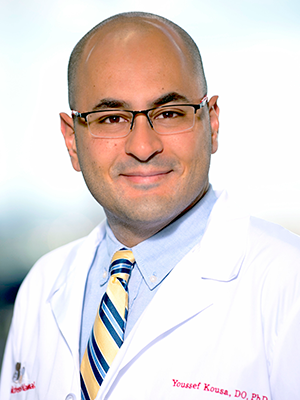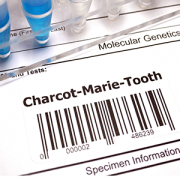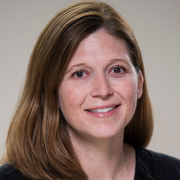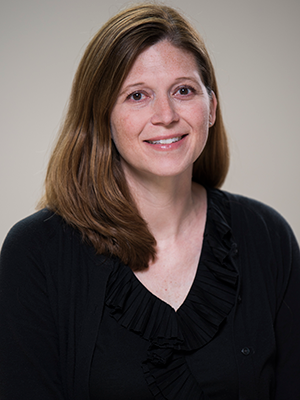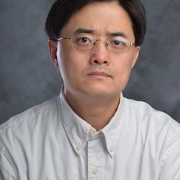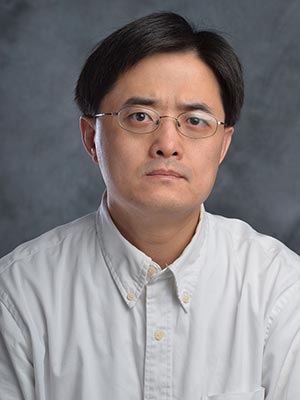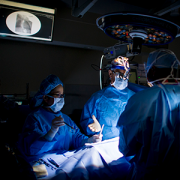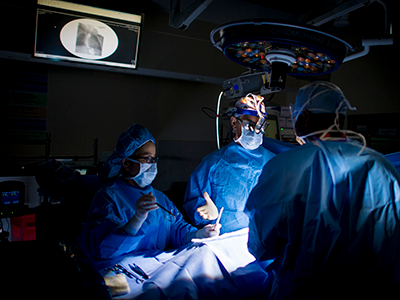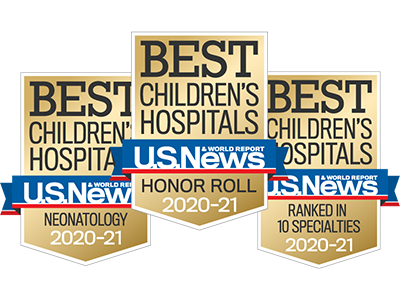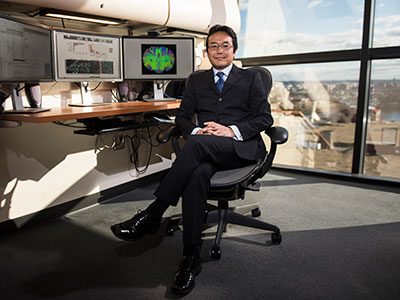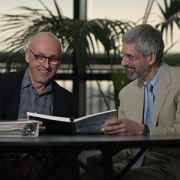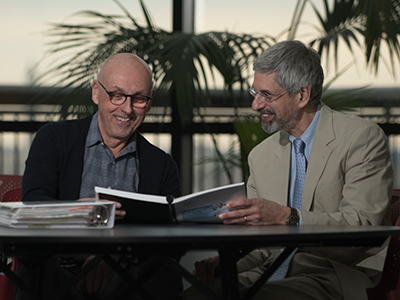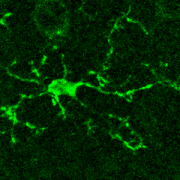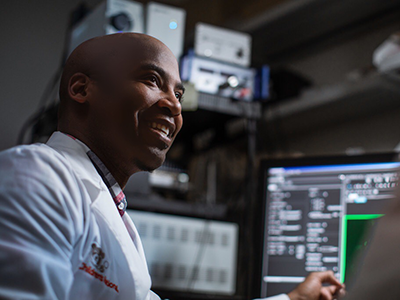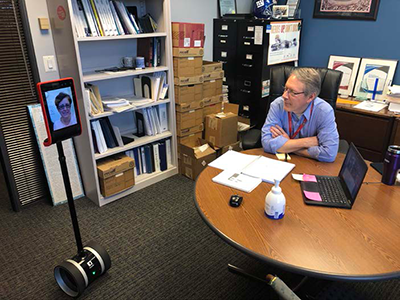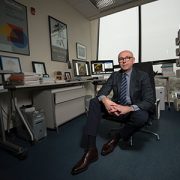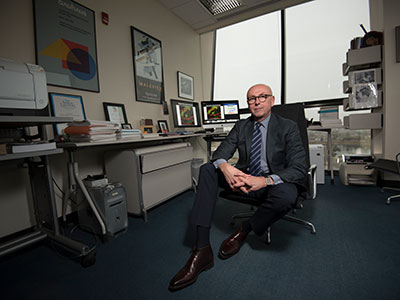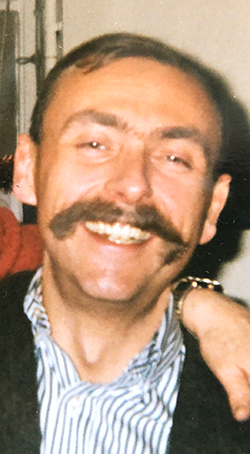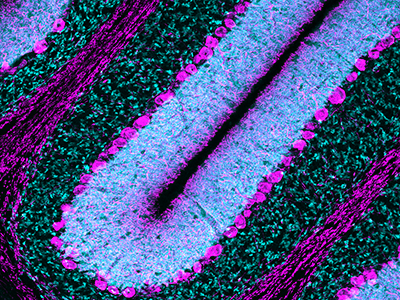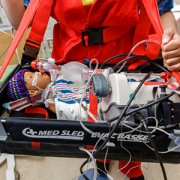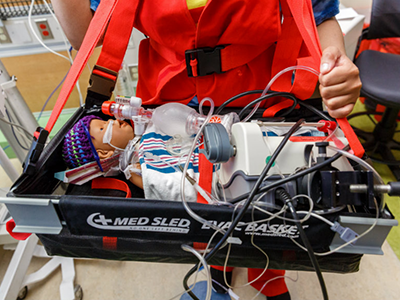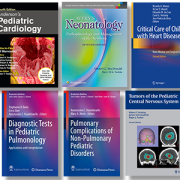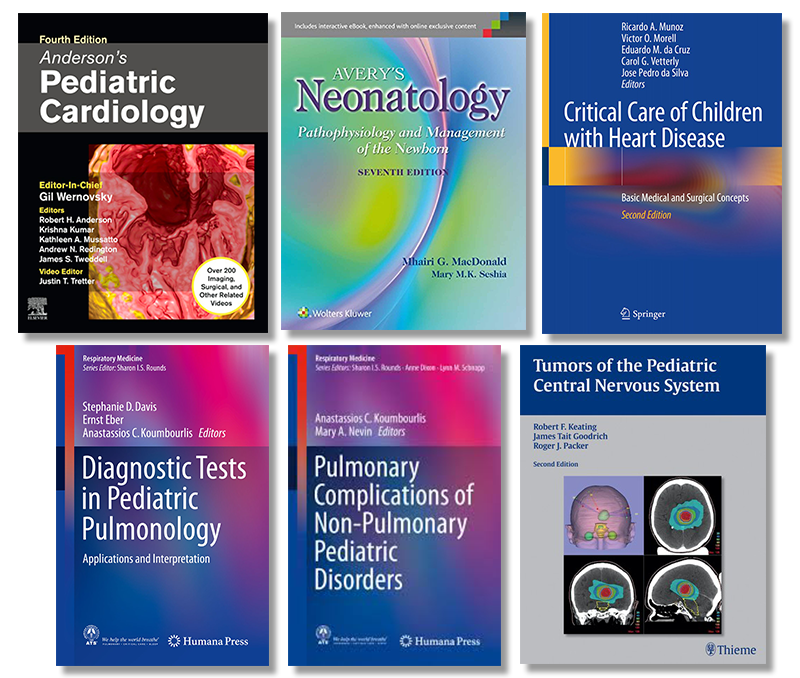NIH grant supports research on locomotor dysfunction in Down Syndrome
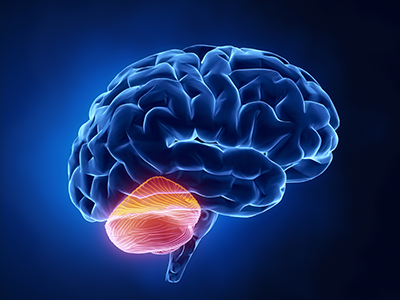
The National Institutes of Health (NIH) has granted the Children’s National Research Institute (CNRI) nearly $500,000 to better understand and identify specific alterations in the circuitry of the cerebellum that results in locomotor dysfunction in down syndrome.
Down syndrome (DS), the most commonly diagnosed chromosomal condition, affects a range of behavioral domains in children including motor and cognitive function. Cerebellar pathology has been consistently observed in DS, and is thought to contribute to dysfunction in locomotor and adaptive motor skills. However, the specific neural pathways underlying locomotor learning that are disrupted in DS remain poorly understood.
The National Institutes of Health (NIH) has granted the Children’s National Research Institute (CNRI) nearly $500,000 through their NIH-wide initiative INCLUDE – INvestigating Co-occurring conditions across the Lifespan to Understand Down syndrome – to better understand and identify specific alterations in the circuitry of the cerebellum that results in locomotor dysfunction in DS. The INCLUDE initiative aims to support the most promising high risk-high reward basic science.
“There is still a lot unknown about Down syndrome, in particular how fundamental cellular and physiological mechanisms of neural circuit function are altered in this syndrome,” says Vittorio Gallo, Ph.D., chief research officer at Children’s National Hospital and scientific director of CNRI. “Grant funding is particularly important to have the resources to develop and apply new cutting-edge methodology to study this neurodevelopmental disorder.”
The main goal of this research is to identify specific alterations in the circuitry of the cerebellum that result in locomotor dysfunction in DS. Defining specific abnormalities in motor behavior, and identifying the brain regions and neurons which are functionally involved will provide the basis for developing potential therapies for treating motor problems in individuals with DS.
“The last decade has brought rapid advances in neurotechnology to address questions at the ‘systems-level’ understanding of brain function,” says Aaron Sathyanesan, Ph.D., a Children’s National postdoctoral research fellow. “This technology has rarely been applied to preclinical models of neurodevelopmental disorders, and even more rarely to models of Down syndrome.”
An example is the use of fiber-optics to probe changes in neural circuitry during behavior. Using this technology, researchers can now directly correlate the changes in circuitry to deficits in behavior.
“Along with the other approaches in our proposal, this represents the synthesis of a new experimental paradigm that we hope will push the field forward,” says Dr. Sathyanesan.
In 1960, the average life expectancy of a baby with Down syndrome was around 10 years. Today, that life expectancy has increased to more than 47 years. That significant increase reflects critical advances in medicine, however, kids with DS still live with long-term challenges in motor and cognitive ability.
Children’s National strongly supports translation and innovation, and recently recruited internationally renowned DS researcher, Tarik Haydar, Ph.D., as its new director of the Center for Neuroscience Research.
“We’re building significant strength in this area of research. This grant helps open new avenues of investigation to define which cells and circuits are impacted by this common neurodevelopmental disorder,” says Dr. Gallo. “Our cutting-edge approach will help us answer questions that we could not answer before.”


